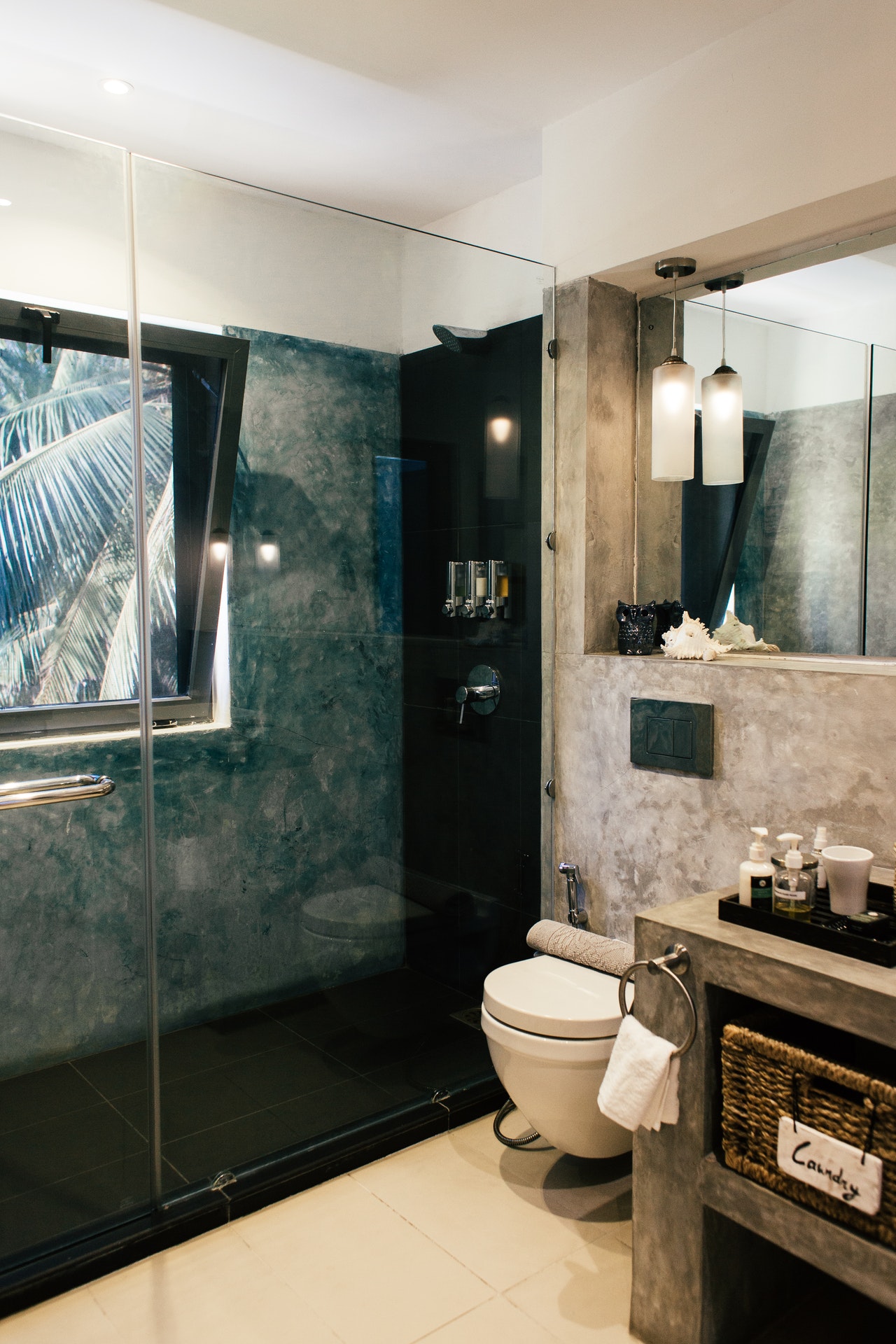Toileting slings and other products to aid care home personal hygiene
As our immune system becomes less able to cope with infections as we age, staying clean becomes more critical for remaining healthy. Therefore maintaining the personal hygiene of their patients is crucial for care homes.
Fortunately, hundreds of products exist to assist care home staff in keeping their patients clean. Yet with variety comes a need to choose between them, and it can be hard to know which items will provide the most significant benefit.
This guide showcases the top products to help care workers maintain the personal hygiene of their patients. Put together by the healthcare marketplace, Wippet aims to guide carers into choosing the products that best suit their needs.
Care slings
Designed to aid in handling immobile patients, slings help carers move, wash, and give those in their care more autonomy.
When purchasing a care sling, the appropriate size must be chosen. Using a sling that is too small or too large can result in the user falling out, which could cause an injury.
Carers should also make sure they use the suitable sling for the right task. For example, universal slings, toileting slings and moving and handling slings are all meant for slightly different jobs, so using the correct one ensures the patient remains safe and adequately cared for.
Toileting slings
If your patient struggles to move to the bathroom unaided, this type of sling is ideal for helping them. A toileting sling supports the patient’s back, middle and thighs and holds them in a seated position while the buttocks remain uncovered to access the toilet. These types of slings should be used when helping a patient to use the restroom or when bathing.
Universal slings
These slings support the patient’s head, torso and legs and enable you to move them while in an upright position. These slings are excellent for aiding those who have no control over their trunk and hips because they have a split section that gives carers control over the patient’s legs.
Moving and handling slings
These slings are ideal for helping carers reposition patients in their care. For example, you can use the moving and handling sling to turn a patient over in bed to prevent pressure sores or lift individual limbs when performing a hand wash.
Commodes
Commodes help patients who cannot reach the toilet to have one closer to their bedside. In addition, they aid dignity because they allow the patient to relieve themselves without needing a sling and can be placed where they feel most comfortable.
Several commodes types exist for various uses, so it’s essential to choose the correct one for your patients’ problems.
Hidden commode
Often patients don’t like to use commodes because they seem undignified, so hidden commodes can ease their concerns. Designed to look like a regular armchair when not used, the toilet basin sits under an easily-removable seat. In addition, hidden commodes look more homely, so they can be a nicer alternative for long-term users.
Extra-wide commodes
If you have a larger patient, then an extra-wide commode offers a robust and comfortable alternative to the other types. These tend to have multi-function armrests that drop-down, swing back and detach to provide carers with easier access.
Adjustable height commode
Designed to be universal, these commodes are constructed to be comfortable for all users. They often feature wipe-clean upholstery and are stackable for care homes to store loads of them at once.
Incontinence products
When a patient experiences incontinence, pads are crucial to ensure the person remains clean and any hazardous fluids are contained. An adequately fitted pad has the added benefit of being discreet to aid the wearer’s dignity.
Incontinence pads
High-quality incontinence pads aid patients because they are more comfortable and absorbent. Carers should purchase pads that offer 100% breathability and are T-Shaped to fit the contours of the body to reduce the chance of spills.
Incontinence pants
Pants help to keep pads in place for the wearer to reduce the chance of leakages. In addition, elastic waistbands and a wide crotch area ensure the wearer remains clean, comfortable, and dignified.
All aids should comply with the industry standards set out by the CQC, so you can be ensure the safety of patients and staff.

